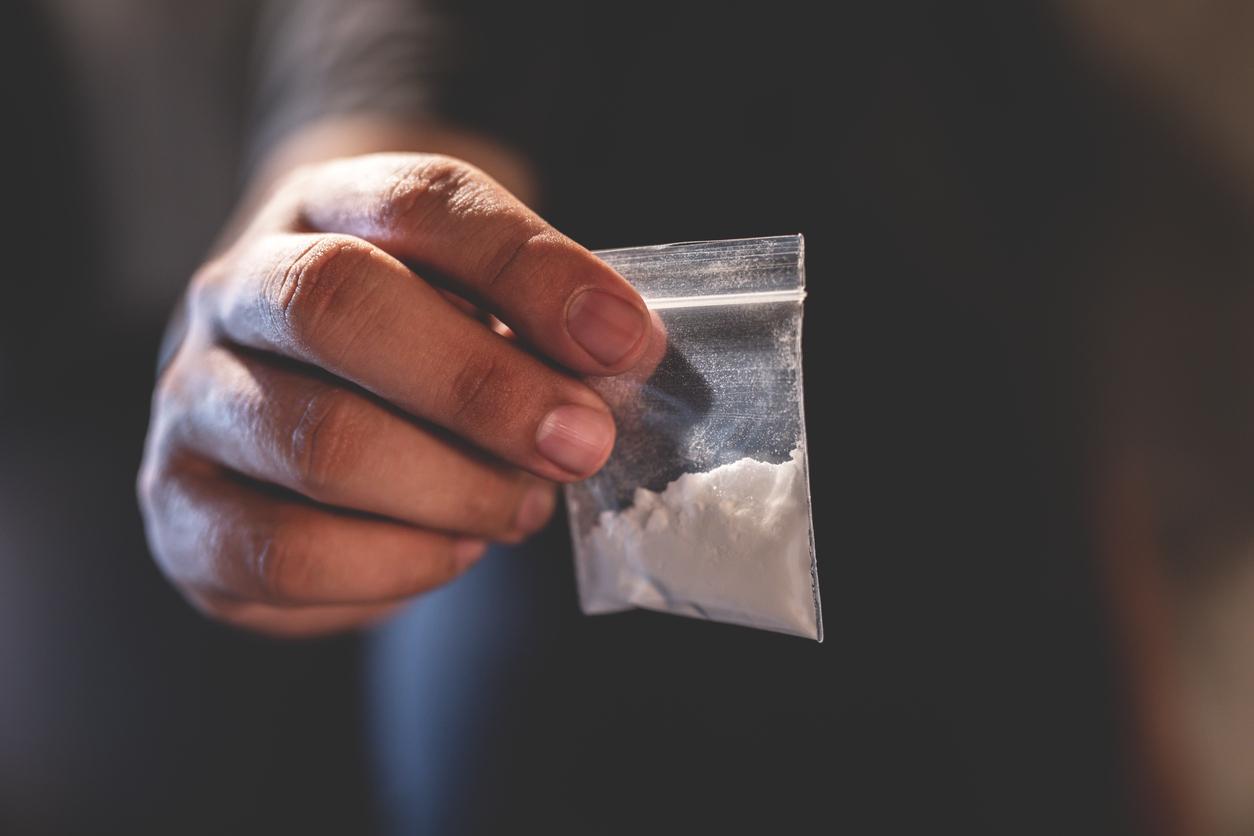Reducing alcohol consumption by 75% in dependent rats, Inserm researchers have succeeded by identifying a molecule and a target involved in this addiction.

Alcohol addiction goes through molecular pathways that researchers are constantly exploring. Those from the Inserm unit at the University of Picardy have just identified an adenosine receptor that appears to play an important role in addictions. “This receptor, A2A, is a protein very expressed in the reward circuit which prompts and motivates a person to take an action” explains Mickaël Naassila, co-author of the work.
By acting on the receptor, scientists have succeeded in reducing the urge to drink in rodents. And they tested the technique in rats that they made addicted to alcohol. They compared their reactions with a group of non-dependent rats.
All the animals were placed in the presence of reservoirs for drinking alcohol, on condition of activating a lever. They then received a molecule that activates the A2A receptor. The consumption of dependent rats then fell by 75% and that of non-dependent animals by 57% over a period of thirty minutes. No major adverse effects were found and scientists were able to determine the minimum effective dose of the molecule. “In too small a quantity, it produces the opposite effect and encourages consumption”, explains the researcher. “And in the event of too large a dose, we risked triggering undesirable motor effects such as catalepsy, the inability to achieve voluntary movement.”
The Inserm team would now like to move on to the clinical phase by relying on industrialists.
.

















